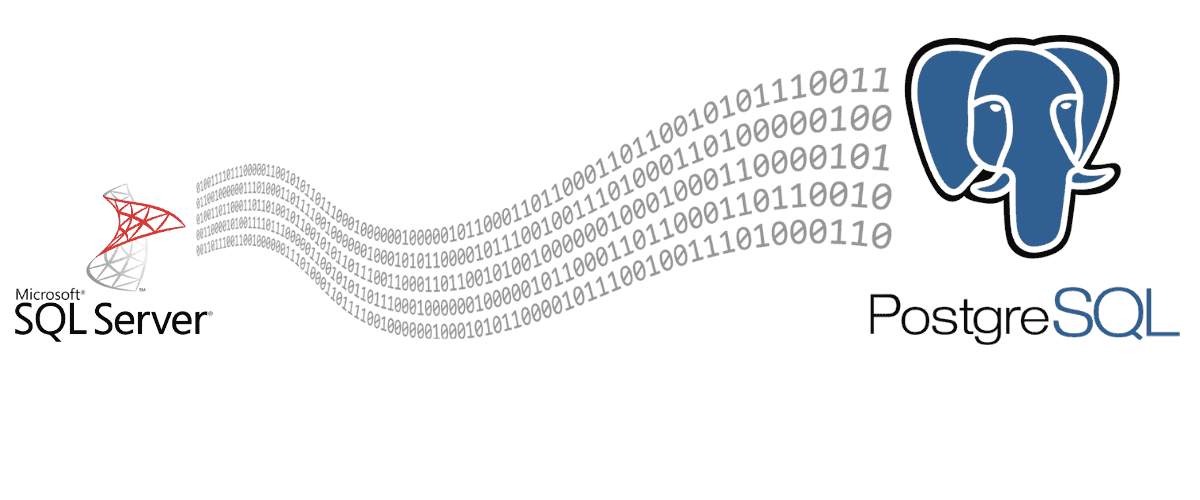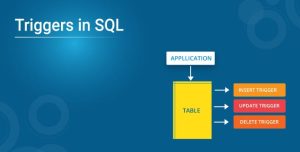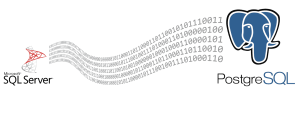Introduction
Indexes are a vital component for optimizing database performance, especially in large datasets. By creating indexes, you can significantly improve the speed and efficiency of data retrieval. In this blog post, we will explore the different types of indexes available in SQL Server and PostgreSQL, their syntax, and when to use each type. We will also provide example data to help you better understand the usage of each index.
SQL Server Indexes
1. Clustered Index
A clustered index sorts and stores the rows of data in a table based on the key values. Each table can have only one clustered index.
Syntax:
CREATE CLUSTERED INDEX index_name ON table_name (column1, column2, ...);Example:
CREATE CLUSTERED INDEX IX_Customers ON Customers (CustomerID);This creates a clustered index on the CustomerID column of the Customers table, improving the performance of queries that filter by CustomerID.
2. Non-Clustered Index
Unlike clustered indexes, non-clustered indexes store a copy of the indexed column data with pointers to the actual data in the table.
Syntax:
CREATE NONCLUSTERED INDEX index_name ON table_name (column1, column2, ...);Example:
CREATE NONCLUSTERED INDEX IX_Customers_LastName ON Customers (LastName);This index will help optimize queries searching for LastName in the Customers table.
3. Unique Index
A unique index ensures that all values in the indexed column are distinct.
Syntax:
CREATE UNIQUE INDEX index_name ON table_name (column1, column2, ...);Example:
CREATE UNIQUE INDEX IX_Customers_Email ON Customers (Email);This ensures that no two customers can have the same email address.
4. Full-Text Index
Full-text indexes in SQL Server enable advanced search capabilities for string data.
Syntax:
CREATE FULLTEXT INDEX ON table_name (column1, column2, ...) KEY INDEX PK_IndexName;Example:
CREATE FULLTEXT INDEX ON Documents (Title, Body) KEY INDEX PK_DocumentID;This index enables full-text search on the Title and Body columns of the Documents table.
PostgreSQL Indexes
1. B-Tree Index
The default index type in PostgreSQL, suitable for most equality and range queries.
Syntax:
CREATE INDEX index_name ON table_name (column1, column2, ...);Example:
CREATE INDEX idx_customers_name ON customers (name);2. Hash Index
Hash indexes are used for equality comparisons, but are less common than B-Tree indexes in PostgreSQL.
Syntax:
CREATE INDEX index_name ON table_name USING HASH (column);Example:
CREATE INDEX idx_customers_hash ON customers USING HASH (customer_id);3. Unique Index
Ensures the uniqueness of the indexed column.
Syntax:
CREATE UNIQUE INDEX index_name ON table_name (column1, column2, ...);Example:
CREATE UNIQUE INDEX idx_unique_email ON customers (email);4. GIN Index
Generalized Inverted Index (GIN) is used for indexing arrays, JSON, and full-text search.
Syntax:
CREATE INDEX index_name ON table_name USING GIN (column);Example:
CREATE INDEX idx_products_tags ON products USING GIN (tags);5. GiST Index
Generalized Search Tree (GiST) indexes support various query types, including full-text search and spatial data.
Syntax:
CREATE INDEX index_name ON table_name USING GIST (column);Example:
CREATE INDEX idx_location_gist ON locations USING GIST (coordinates);6. BRIN Index
Block Range INdex (BRIN) is useful for very large tables where creating traditional indexes is inefficient. It works well with ordered data.
Syntax:
CREATE INDEX index_name ON table_name USING BRIN (column);Example:
CREATE INDEX idx_logs_time_brin ON logs USING BRIN (timestamp);Conclusion
Indexes are crucial for optimizing database performance, especially in large-scale systems. SQL Server and PostgreSQL both offer a variety of index types, each suited for different use cases. By understanding the differences between clustered, non-clustered, unique, and specialized index types like GIN and GiST, you can significantly improve query speed and efficiency. Choosing the right index type depends on the nature of your data and the specific queries you need to optimize.



